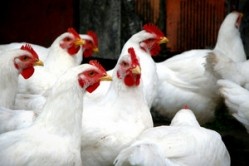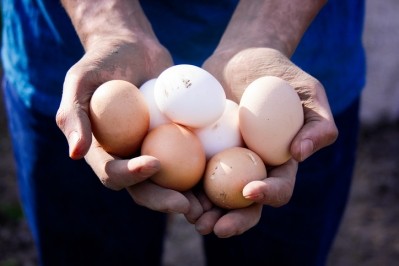Multi-carbohydrase technology: the future of feed enzymes?

Embedded in CBS’ Superzyme feed enzyme products, the new “multi-carbohydrase technology” is billed by the Canadian firm as a “more comprehensive and sophisticated option than traditional approaches."
The multi-carbohydrase approach involves combining several unique enzyme strains that between them express multiple activities and can therefore break down a larger proportion of the undigested fraction. Selection is based on their individual and synergistic benefits. Superzyme, for example, contains both bacterial and fungal microbial strains that express xylanases, beta-glucanases, cellulases and other carbohydrase activities.
This makes multi-carbohydrase technology different from other NSP (non starch polysaccharide) enzymes and enzyme cocktails in which single-source enzymes are blended together, as Rob Patterson, CBS technical services director, explained.
“In a typical swine or poultry diet containing corn and soybean meal, there is approximately 7-10% NSP. Of this percentage, only 40% are substrates for enzyme products containing xylanase. The multiple activities in Superzyme cover 100% of the different NSP complexes and work together to ensure these indigestible compounds are broken down - this complete coverage is what allows for significant improvements in daily gain and FCR,” he told FeedNavigator.
In this way, multi-carbohydrase technology can deliver higher nutritional extraction from a range of animal feeds, including corn, soybean meal, wheat, barley, oats, canola meal, flax, peas and distiller’s dried grains with solubles (DDGS), says CBS.
Supporting data
These performance claims have been borne out in swine and poultry trials, carried out in association with the University of Manitoba, which found multi-carbohydrase to be particularly effective with young animals. Swine trial data results showed an 11% improvement in average daily gain and a 15% improvement in FCR for newly weaned pigs for feeds supplemented with multi-carbohydrase versus feeds without enzymes. In poultry trials, a 2.7% improvement in body weight gain and a 3.2% improvement in FCR were observed in birds given multi-carbohydrase.
Patterson said CBS also had data comparing multi-carbohydrase with single activity enzyme products.
“These data consistently show superior performance in both swine and poultry when diets are supplemented with multi-carbohydrase versus single activities,” he said.
Asked at what dosages multi-carbohydrase systems needed to be added to feeds to achieve these improvements in gain and FCR, Patterson said: “The multi-carbohydrase platform allows for flexible dosing, however the most common commercial format is based on a dose of 250ppm, which allows for the notable improvement gains referenced.”
He added that the benefits of supplementing swine and poultry diets with Superzyme were additive with phytase.
Starting a revolution
CBS says this scientific research is providing “the foundation for a new wave of multi-carbohydrase technology products”, with Superzyme leading the charge.
In anticipation of this, CBS is making Superzyme more widely available through expanded distribution in the US, Canada and internationally.








